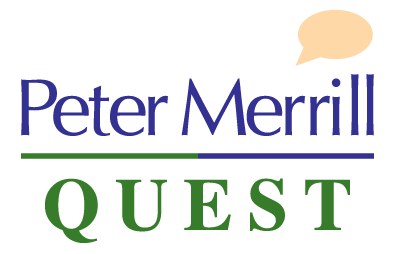Innovation Culture
One of the questions most frequently asked by people interested in innovation is, “How do we create a culture of innovation?” This is because they recognize that innovators do things differently. However, they are really asking, “How do we create a culture of creativity?”
The Challenge
A culture of Creativity has to coexist with the “Execution” culture which we have focused on so much in recent years. Execution is vital for successful innovation but has a different set of behaviors. The innovative organization needs these two sets of behavior and this makes an innovation culture complex. The innovation process has to be loose in the creative phase and tight in the execution phase.
The Answer
Knowledge is innovation’s fuel and an innovation culture encourages behaviors that will discover knowledge or will develop new knowledge. This is especially true in the creative phase. These key behaviors are exploration, collaboration and experimentation. Clause 5 Leadership in ISO 56001 addresses Culture.
Exploration: The first behaviors that will discover and develop knowledge are exploration and interaction with new people. You hear the expression, “Step out of the box.” Giving people time and space is the first step to an innovation culture. It is this “release” that makes it so easy to engage people in creative thinking.
Collaboration: Interaction with people who are different from ourselves is the next step, and this is not easy. The mirror effect draws us to people of similar background and experience. Diversity creates tension, but this tension creates new knowledge. For this to work we must respect the strengths of others. “Seek to understand before you seek to be understood.”
Experimentation: This is the third key behavior in an innovation culture. A willingness to take risk, try something new and not be afraid to fail. Capturing the learning from failure grows knowledge.
Collective Knowledge
Breakthroughs are not from the "Genius" but are from "Collective Knowledge" Your own people are your most valuable source of knowledge for new ideas. Have them do the Self-Assessment and find how they will make their best contribution to the Innovation Process. Another advantage of using the tool is that it helps people on the team better understand each other’s strengths. Ensure you have plenty of creators and connectors in the early creative phase and recognize that the contribution that people need to make to the innovation process changes through the process. As you start to execute the tough task is behavior change. Gone is the loose behavior. The new reality is about being focused and fast. You must monitor and manage this behavior change closely.
Structure enables Culture
These behaviors do not magically happen. An often-overlooked aspect of innovation culture is the organization structure within which the culture can exist. This may well be quite different from your present structure. Clause 6 Planning in ISO 56001 addresses structure. An innovation organization must be agile, able to change direction easily and move with speed. The creative phase of innovation needs time and space which comes from an open network structure. The execution phase of innovation, however, demands high focus and speed to market and this comes best from a closed network.
There are different approaches, and you must find the one that works best for you. It can be a flat organization with self-managed teams, outsourced creativity or a spin off to a separate organization. You may simply change the people on a project team as the competence requirements change.
Culture Change
First people must see the need for culture change and there must be a sense of urgency. This is often called ‘create a burning platform’. Initially this comes from identifying a dying product or a process that is failing frequently. There needs to be a change team and part of its mission is to create a critical mass of believers. One of the ways you do this is through an early win. As you move forward, you encourage exploration, collaboration and experimentation by recognizing these behaviors in your people.
What do I gain?
An innovation culture enables people to produce innovative solutions and innovative organizations are far more profitable than their competition. The steps described here are the first steps to an innovation culture.
What can I do next?
As a personal step you can find where you fit best in the innovation process. Creativity or Execution?
Do this going to the Innovation Self Assessment.
To find the cultural issues your organization needs to address go to the Cultural Assessment.
This assessment gives the best results with the consensus of five or more people in your organization.
Download the Innovation Project Plan which details the steps in your Pilot Project
Contact us for a conversation on how to develop your approach to Innovation

